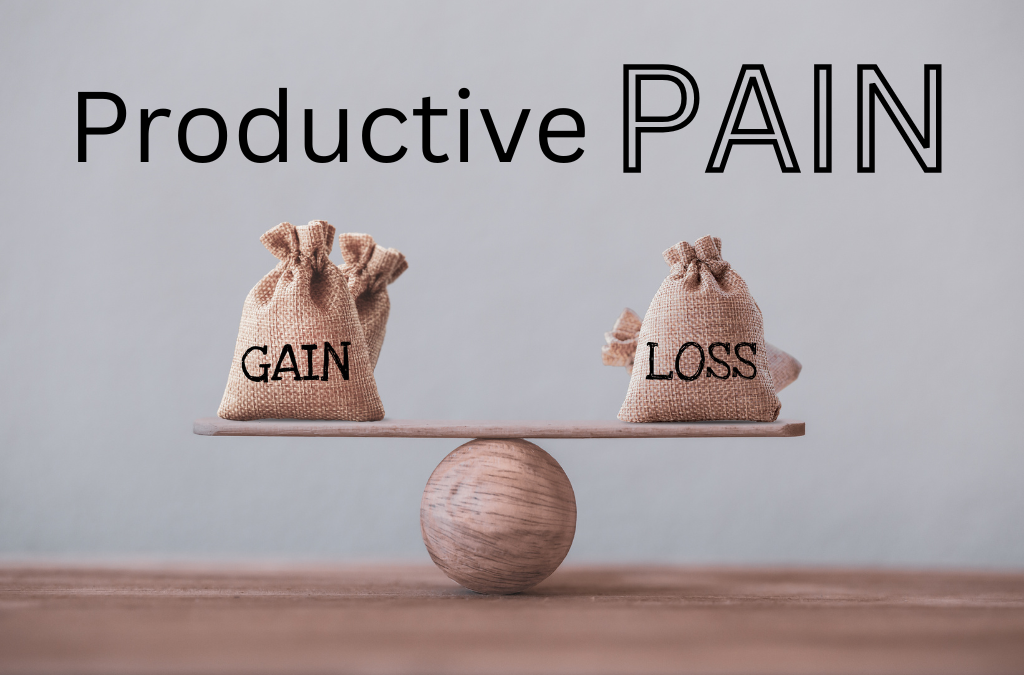Sometimes, the most painful circumstances can bring the most growth in leadership. I am reading a book called Leadership Pain by Samuel Chand, and he puts forth this equation
Growth = Change
Change = Loss
Loss = Pain
Thus Growth = Pain
I have been in leadership literally all my life. Most people only want to talk about the joys of leadership, but truthfully, I’ve learned my greatest lessons, not in the joys but in the pains. I’ve seen this demonstrated over and over again as a leader and while working with leaders. As leaders, we face thorny situations involving those we lead. Words are said, feelings get hurt, lines are crossed, professionalism falls apart, and changes must be made. Amid this process, though difficult, leaders have to make the choice to see the situation as a learning opportunity, one that will lead to becoming wiser and, yes, a much more effective and efficient leader. Pain takes the leader to a place of growth and productivity. But how does a leader arrive at a place where they honestly see pain as productive? Here are a few things I learned from watching other leaders and my own experiences.
- The best have been tested. When stepping into the leader role, you must immediately recognize that the leaders you admire have had their own share of pain and growth experiences. The reason you admire them now is because they learned from those experiences. They truly embraced that the many losses, pain, and change were all part of a larger plan to grow and stretch them into the trailblazers we all now try to emulate. Your tenure as a leader will be no different. You will be tested, but you will pass the test.
- It’s not lonely at the top.It is often said that it's lonely at the top, but effective leaders have a small circle of influence who are there to guide and advise them when difficult situations are before them. The power of the mastermind has been proven throughout time, and the most successful leaders often refer to this circle during challenging times.
- Have a "bounce-back routine."What is your bounce-back routine when you are faced with challenges? For growth to happen, you have to be able to move beyond the problem. Preparing yourself to bounce back is critical. Develop strategies and find activities that will help you quickly clear your head and get back in the game. There is always a Plan “B” for every failed Plan “A”.
- See the lessons. As leaders, the tendency is to address an issue and move on quickly. However, it is imperative to take the time to evaluate the situation so you can see the hidden gems. Did the problem reveal a skill you need to develop? Is there a flaw in you or your process? Grab a pen and paper and analyze the problem minus all the emotions. Every pain has a purpose and a lesson. See It!
Although we have been trained to avoid pain at all costs, our leadership growth cannot occur without it. Brace yourself, prepare well, and know that each experience brings you closer to being the effective leader you were born to be.



